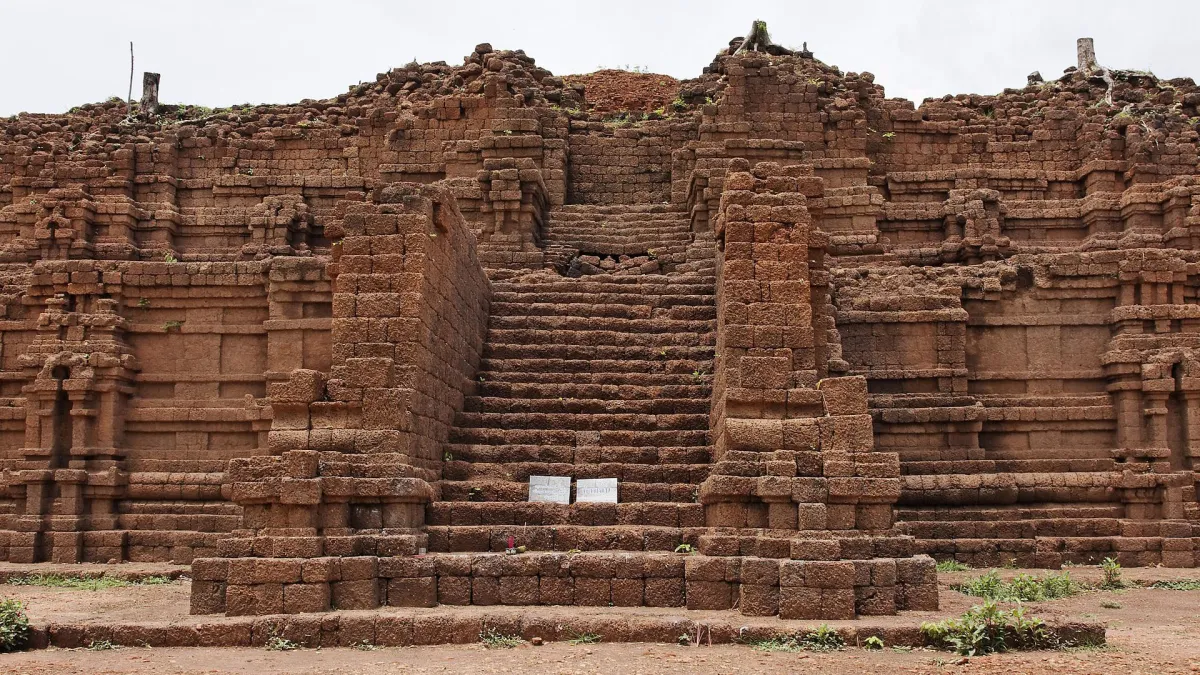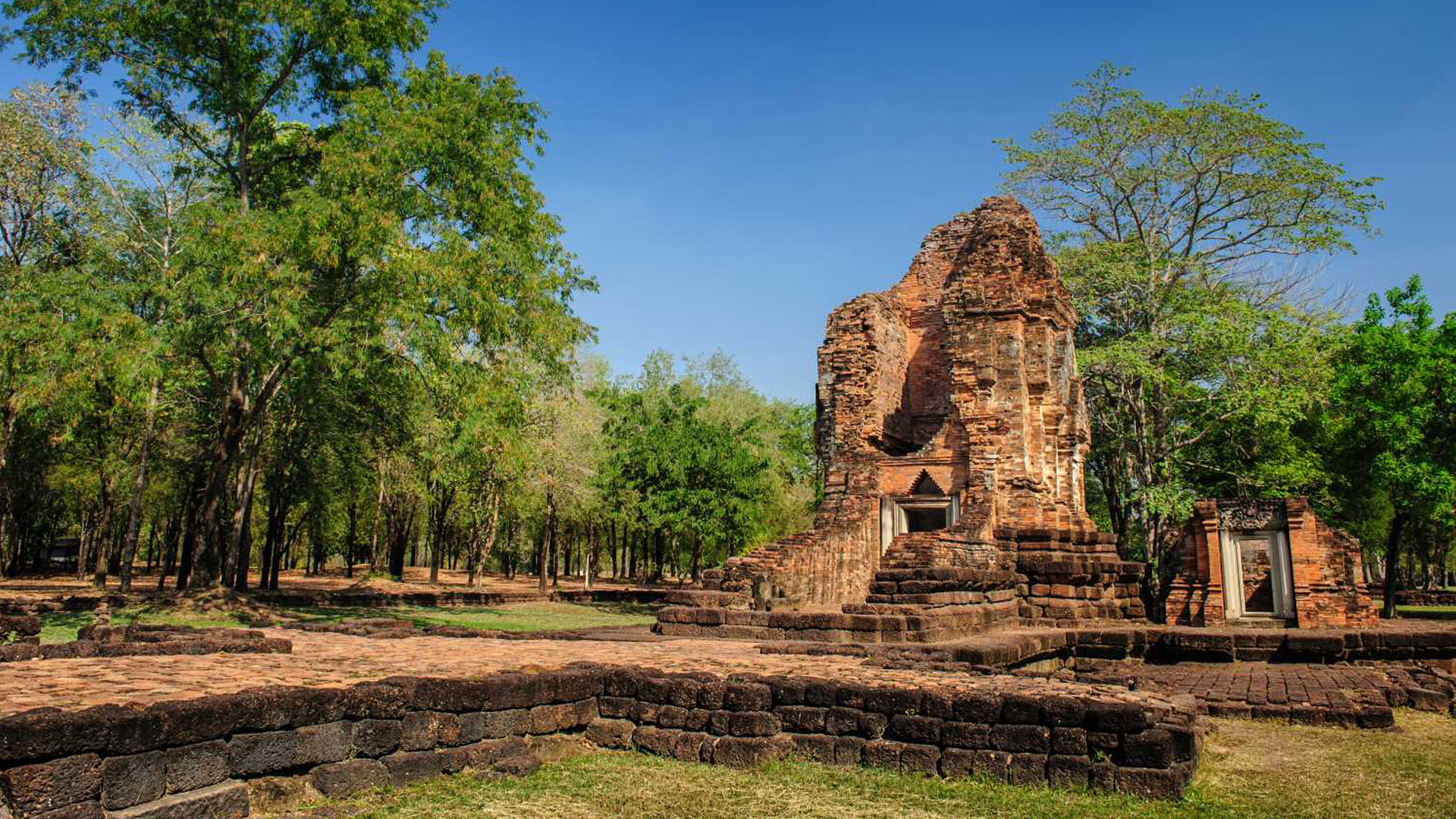
Historical Tourism at Sri Tep Old City Park in Phetchabun
It is a must, if you love to visit historical tourist attractions, to go to Sri Tep historical park in Phetchabun, which is one of the important sources of civilization in Thailand. There is evidence showing the habitation by human beings even in prehistoric times. It was also populated for more than 800 years by the Dhavaravati (or Dvaravati) and Khmer cultures during the prosperity of Cambodia. The area was later abandoned because of either a severe epidemic or drought or both. In the late 18th Buddhist century and the beginning of the 19th Buddhist century (13th-14th century in the Common Era), the Sukhothai and Ayutthaya cultures were prospering. It grew around the Pha Suk River basin, with the development of habitation up to this day.

In the park, there are a number of important historical sites and locations, described below.
1) The Information Service Center displays an exhibition describing the history and the ancient remains of Sri Tep City. Inside the building, there is an exhibition hall and a shop selling books and souvenirs;
2) A building dedicated to the archeological exploration of the area displays human and elephant anatomical structures, which were discovered recently, in B.E. 2531 (1988 C.E.);
3) The Song Phi Nong (Two siblings) Pagoda consists of two pagodas located on a big laterite base; the lintel that was found was carved in the shape of the god Shiva holding Parvati while riding Nandi, dated around the 16th-17th Buddhist century. This piece is Cambodian art in the Baphuon style, similar to sculptures in Angkor Wat;
4) Sri Tep Pagoda, facing east, is in the Cambodian architectural style, built with bricks and laterite – the base is laterite in a lotus shape and the pagoda was built with bricks. The carved lintel that was found in this area dates from around the 16th-17th Buddhist century;
5) Kao Klang Nai Historical Site was built around the 11th-12th Buddhist century. The city plan and architecture were similar to that of the Dhavaravati Kingdom, like the discoveries in Nakhon Pathom and Ban Koo Bua Ancient Town in Ratchaburi. Laterite was the main material of the construction; at the base, there are stucco designs of humans and animals, which are similar to the art of the Dhavaravati Kingdom. It is believed that it was both an arsenal and a safe storage area, and that is the reason it's called Kao Klang (storehouse mountain);
6) Kao Klang Nok Historical Site is in the shape of a pagoda, which could be due to the influence of Mahayana Buddhism, since the buildings were usually built on a very tall base and followed the Jakkrawarn (cosmic) city plan. Many important historical objects have been found, such as a Buddha image in Dhavaravati style, which was carved in green sandstone; the Buddha is in the preaching attitude, with both hands.
Sri Tep Shrine is greatly respected by the villagers; there is an annual worship ceremony on the second and third day of the third lunar month – around February – and it is open daily from 8 a.m. to 4:30 p.m. The entrance fee is 20 baht for Thais and 100 baht for foreigners; if you're going to drive inside the park, it costs 50 baht. For those who are interested in attending as a group and would like a resource person, please directly contact Sri Tep Historical Park, at tel. +66 5692 1322 or +66 5692 1317.